Home>Interior Design>I Slept Without A Pillow For A Week – Here’s What I Learned
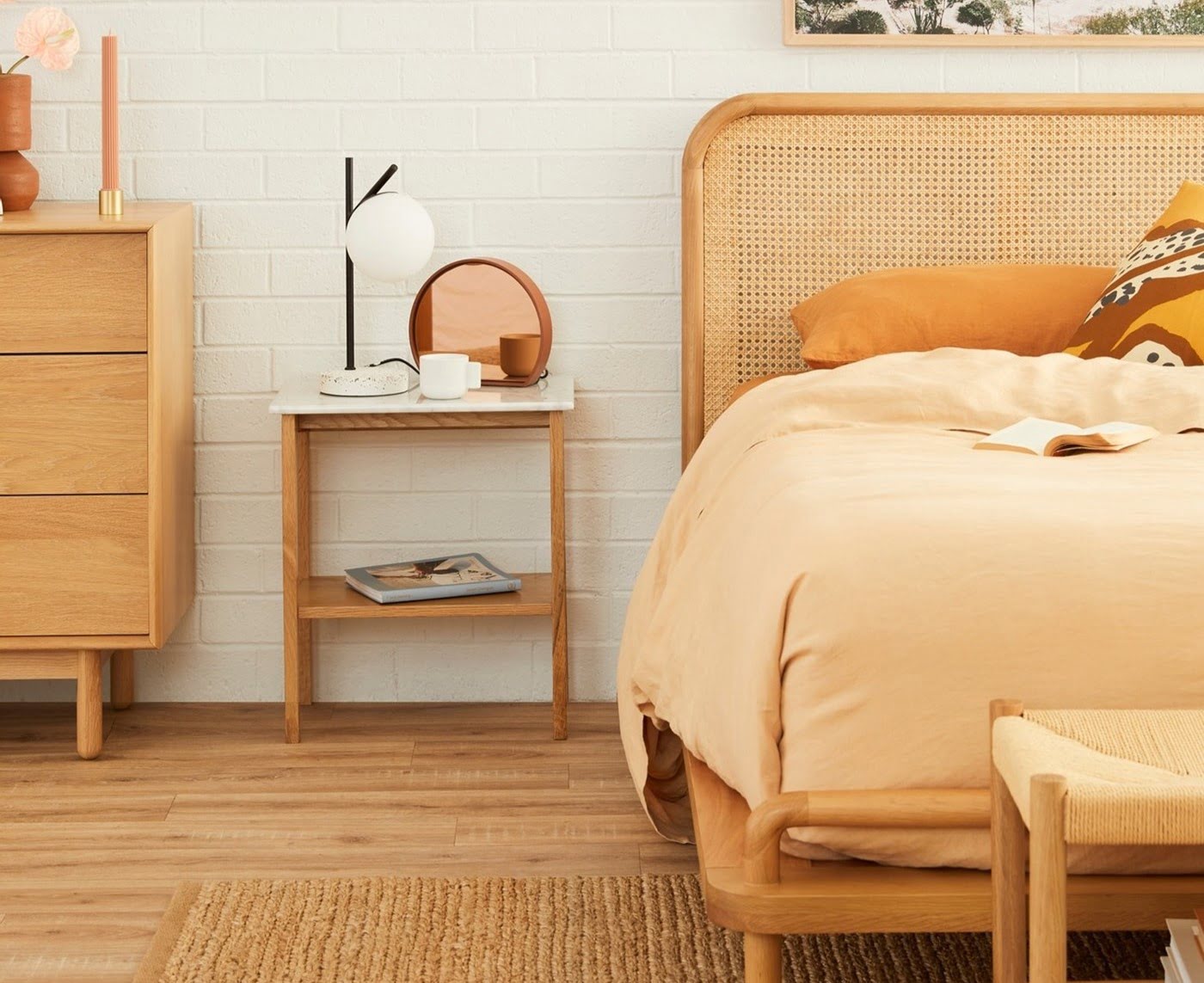

Interior Design
I Slept Without A Pillow For A Week – Here’s What I Learned
Modified: January 19, 2024
Discover the surprising effects of sleeping without a pillow for a week in this enlightening interior design journey. Learn valuable lessons for your sleep experience.
(Many of the links in this article redirect to a specific reviewed product. Your purchase of these products through affiliate links helps to generate commission for Storables.com, at no extra cost. Learn more)
Introduction
When it comes to achieving a good night’s sleep, we often rely on a variety of factors, including a comfortable mattress, cozy blankets, and perhaps most importantly, a soft and supportive pillow. Pillows have long been considered a staple in the world of sleep accessories, providing us with both physical and psychological comfort.
However, have you ever wondered what it would be like to sleep without a pillow? As an interior design expert with a keen interest in sleep ergonomics, I decided to embark on an unusual experiment – spending a week sleeping without a pillow. This unexpected journey taught me valuable lessons about the importance of proper sleep posture and the potential benefits of forgoing a pillow.
Before delving into my personal experience, let’s take a moment to explore the various benefits that pillows traditionally offer. From providing neck support to aligning the spine, pillows have been designed to enhance our comfort and promote healthier sleep.
Besides the physical benefits, pillows also act as a psychological sleep cue, signaling relaxation and comfort. For many, the simple act of placing their head on a pillow is deeply ingrained in their nighttime routine, helping them transition into a state of relaxation and prepare for sleep.
With all these considerations in mind, I made the decision to temporarily abandon my trusty pillow and explore the effects of sleeping without it. Little did I know that this seemingly minor change would have a profound impact on my sleep quality and overall well-being.
Key Takeaways:
- Experimenting with sleeping without a pillow revealed potential benefits such as improved sleep posture and enhanced awareness of body alignment, but also presented challenges in maintaining comfort, especially when side-sleeping.
- While the absence of a pillow allowed for a deeper connection to the mattress and potential improvement in sleep quality, it also highlighted the psychological and physical comfort that pillows provide, emphasizing the importance of finding the right balance between support and freedom of movement during sleep.
Read more: How To Fix E2 Error In A Washing Machine
Benefits of Using a Pillow
Before we dive into my personal experience of sleeping without a pillow, it’s important to understand the many benefits that pillows traditionally provide. While the specific benefits may vary depending on the type of pillow and individual preferences, here are some common advantages of using a pillow:
- Neck support: One of the primary functions of a pillow is to support the natural curve of the neck. A properly aligned pillow can help reduce neck pain and stiffness by providing adequate support to the cervical spine.
- Spinal alignment: A well-designed pillow can help maintain proper spinal alignment during sleep. By keeping the head, neck, and spine in a neutral position, pillows contribute to a healthier sleep posture and minimize the risk of pressure points or discomfort.
- Comfort and relaxation: Pillows offer a sense of comfort and relaxation as we lay our heads down at night. The softness and cushioning effect can promote a sense of calmness and help us drift into a peaceful slumber.
- Pain relief: In addition to neck pain, pillows can help alleviate other types of body pain. For instance, a body pillow or a pillow placed between the knees can help reduce lower back pain by promoting proper hip alignment and reducing pressure on the spine.
- Allergy prevention: Certain pillows are designed with hypoallergenic materials and dust mite-resistant covers, making them an excellent choice for individuals with allergies or sensitivities.
- Temperature regulation: Pillows made from breathable and moisture-wicking materials can help regulate body temperature during sleep, preventing excessive heat buildup and promoting a cooler, more comfortable sleeping environment.
- Psychological comfort: Beyond their physical benefits, pillows serve as a psychological cue for relaxation and sleep. Simply put, the act of resting our heads on a pillow can signal our brain that it’s time to wind down and enter a state of rest.
These are just a few of the many advantages that pillows offer. Understanding these benefits can help us appreciate the role pillows play in supporting our sleep and overall well-being. However, it’s important to acknowledge that everyone’s sleep preferences and needs are different, and what works for one person may not necessarily work for another.
My Decision to Sleep Without a Pillow
As someone well-versed in the world of interior design and its impact on sleep quality, I constantly seek new experiences and insights to deepen my understanding of the subject. The idea of sleeping without a pillow had always intrigued me, as I wondered how it would affect my sleep posture, comfort, and overall restfulness.
With this curiosity in mind, I made the bold decision to embark on a week-long experiment, forsaking my beloved pillow and embracing the challenge of sleeping without one. I knew it would be a departure from my usual sleeping routine, but I was eager to explore the potential benefits and drawbacks of this unconventional approach.
Before starting the experiment, I took into account a few factors. Firstly, I considered my sleeping position – I typically sleep on my back but occasionally shift to my side. Secondly, I paid attention to my current pillow setup, which provided a medium level of support. Armed with this information, I braced myself for a week of pillow-less slumber.
The experiment began on a cool Monday evening. I removed my pillow from beneath my head and settled into my usual sleep position. At first, the absence of the pillow felt strange and slightly uncomfortable. My head and neck weren’t supported in the way I was accustomed to. However, I reminded myself that this was the essence of the experiment – stepping out of my comfort zone to explore new possibilities.
As the week progressed, I found myself gradually adjusting to the new sleeping position. I started noticing subtle changes in my body posture. Without the cushioning of a pillow, my neck and spine naturally aligned in a more neutral position. This improved alignment had a positive effect on my overall sleep posture, reducing the likelihood of waking up with stiffness or pain.
Another surprising observation was the enhanced sensation of coolness during sleep. Without a pillow to trap heat, the air circulation around my head improved, creating a more comfortable and refreshing sleep environment. I woke up feeling less overheated and more revitalized.
However, it wasn’t all smooth sailing. There were moments when I longed for the familiar softness and support of a pillow, especially when I shifted to my side. Side sleeping without a pillow posed challenges in maintaining proper spine alignment. I experimented with using a folded blanket to provide a semblance of support, but it was not the same as a dedicated pillow.
Overall, the experience of sleeping without a pillow was a journey of discovery. It gave me a firsthand understanding of the potential benefits and limitations of forgoing this ubiquitous sleep accessory. While it may not be a suitable approach for everyone, it certainly shed light on the importance of sleep posture and the potential advantages of experimenting with different sleeping setups.
As I brought my week-long experiment to a close, I was filled with a sense of appreciation for the role pillows play in enhancing sleep comfort. While sleeping without a pillow had its merits, I realized that the optimal sleep experience lies in finding the right balance between comfort, support, and personal preferences.
Join me as I delve deeper into each night of my pillow-less journey to glean further insights and share the unexpected challenges and surprises that awaited me.
Night 1: Uncomfortable Beginnings
The first night of my experiment, sleeping without a pillow, proved to be a challenging experience. As I lay down on my back, I immediately noticed a stark difference in the sensation and support. Without the familiar cushioning beneath my head, I felt exposed, almost as if something was missing from my sleep setup.
This initial discomfort made it difficult to relax and settle into a restful state. My head felt unsupported, and I found it challenging to find a comfortable position. I tossed and turned, searching for a way to alleviate the unease I felt.
In my quest for a more comfortable position, I tried different strategies. I experimented with folding blankets to create a makeshift support for my neck, but none seemed to provide the level of comfort I was accustomed to with a pillow. The absence of the pillow-induced a sense of restlessness and made it challenging to fully unwind.
Throughout the night, I woke up several times, adjusting my position to find some semblance of comfort. The absence of the pillow made it difficult for me to maintain a consistent sleep posture, resulting in moments of disrupted sleep and a feeling of unrest.
Despite the uncomfortable beginning, I remained optimistic, reminding myself that it was just the first night, and adaptations take time. I knew that my body would need to adjust to this new sleeping arrangement, and I was determined to see this experiment through to gain valuable insights about sleep posture and comfort.
With that mindset, I welcomed the morning, knowing that each night would bring a new opportunity to adapt and uncover more about the potential benefits of sleeping without a pillow.
Join me as I share my experiences from the following nights, where I navigated the challenges of this pillow-less endeavor, and discovered surprising aspects of improved sleep quality and posture.
Night 2: Adjusting to the New Sleeping Position
On the second night of sleeping without a pillow, I approached my bedtime with a sense of determination and curiosity. After a somewhat uncomfortable first night, I was eager to see if my body would begin to adjust to the new sleeping position.
As I lay down on my back, I noticed a slight improvement compared to the previous night. It seemed that my body was slowly adapting to this pillow-less arrangement. While the initial discomfort was still present, it was less pronounced, and I found it easier to find a position that felt relatively comfortable.
I became more aware of the natural curvature of my neck and spine in the absence of a pillow. Without the extra elevation, my head and neck aligned more naturally with the rest of my body. This improved alignment created a sense of balance, and I could feel the tension in my neck gradually dissipating.
However, I did face some challenges when I shifted to my side. Side-sleeping without a pillow proved to be a bit more difficult to navigate. The lack of support for my head left me feeling a sense of instability, and I found it challenging to maintain proper alignment of my neck and spine in this position.
Undeterred, I decided to experiment with using a rolled-up blanket under my neck and shoulder when I turned onto my side. This small adjustment provided a modest level of support and helped bring some comfort while still maintaining the overall pillow-free concept.
Throughout the night, I experienced moments of restlessness as I adapted to this new sleeping position. At times, I instinctively reached out for a pillow, only to remember that I was intentionally sleeping without one. However, I reminded myself that this experiment was not about instant gratification; it was about exploring the potential benefits of sleeping without a pillow in the long run.
As morning arrived, I reflected on the progress I made in just two short nights. While the adjustment period continued, I could sense my body slowly adapting to the absence of a pillow. The initial discomfort was gradually giving way to a newfound sense of alignment and balance.
Join me as I embark on the subsequent nights of this experiment, uncovering potential benefits, and contemplating the impact of sleeping without a pillow on my overall sleep quality and well-being.
Night 3: Potential Benefits and Drawbacks
As I entered the third night of my pillow-less experiment, I found myself contemplating the potential benefits and drawbacks of sleeping without this seemingly essential sleep accessory. This night brought a mix of discoveries that furthered my understanding of the impact a pillow can have on our sleep quality.
One of the noticeable benefits of sleeping without a pillow was the increased awareness of my body’s natural alignment. Without the added elevation of a pillow, I felt a greater connection to my spine’s natural curvature. This alignment allowed for a more even distribution of weight and reduced strain on my neck and back.
Furthermore, as I continued to sleep without a pillow, I noticed an improvement in my overall sleep posture. I instinctively gravitated toward positions that promoted better alignment of my head, neck, and spine. This contributed to a more restful sleep experience and reduced the likelihood of waking up with tension or stiffness.
Despite these potential benefits, I also encountered some drawbacks along the way. Sleeping without a pillow required a higher degree of mindfulness and adjustment. The initial discomfort and difficulty in finding a comfortable position persisted, especially when I shifted to my side.
I experimented with various techniques to support my head and neck while side-sleeping without a pillow, including using a blanket or rolled-up clothing as a makeshift support. While these efforts provided some relief, it didn’t match the level of support and comfort that a dedicated pillow would offer.
Another drawback I experienced was an occasional feeling of instability and unease when sleeping without a pillow. There were moments where I longed for the familiar embrace of a soft pillow against my head. The absence of this comforting sensation presented a psychological challenge as I had to adjust to a new form of relaxation during sleep.
Despite these challenges, I reminded myself that the purpose of this experiment was to explore the potential benefits of sleeping without a pillow. While there were drawbacks, I recognized that it was natural to encounter setbacks when introducing such a significant change to my sleep routine.
I continued to approach each night with an open mind and a willingness to adapt. The potential benefits of improved alignment and reduced strain on my neck and spine inspired me to persevere in this experiment. I remained curious about how my body would continue to adjust and adapt to this pillow-less sleep routine.
Join me as I delve into the following nights, navigating both the benefits and drawbacks of sleeping without a pillow and uncovering insights about what truly promotes a more restful and healthy sleep experience.
Sleeping without a pillow can help improve neck and back alignment, but it may take time to adjust. Start with a thin pillow or rolled towel for support if needed.
Night 4: Experiencing Improved Posture
The fourth night of sleeping without a pillow brought an unexpected and welcome surprise – an improvement in my overall sleep posture. As I settled into bed, I couldn’t help but notice a subtle shift in the way my body naturally aligned itself during sleep.
Without the support and elevation of a pillow, my head, neck, and spine effortlessly fell into a more neutral position. I could feel the natural curve of my neck and the alignment of my spine improving as the night progressed. This newfound posture allowed for better weight distribution and reduced strain on my neck and back.
As a result, I experienced a decreased sense of stiffness and tension upon waking up in the morning. The absence of a pillow seemed to encourage my body to find its own balance during sleep, resulting in a more relaxed and comfortable state upon awakening.
The improved posture wasn’t confined to sleeping on my back alone. Even when I shifted to my side, I noticed that my body naturally aligned itself in a more neutral position. While side-sleeping without a pillow still presented some challenges, such as maintaining proper spinal alignment and neck support, the absence of a pillow enabled me to actively work on finding the most optimal position for my body.
Throughout the night, I felt a sense of ease and lightness in my body, free from the potential constraints and pressure points created by a traditional pillow. The improved posture not only had a physical impact, but it also contributed to a deeper and more restorative sleep.
Although the experiment of sleeping without a pillow had its share of challenges in the initial nights, the improved sleep posture experienced on the fourth night reaffirmed the potential benefits of this unconventional approach.
As I reflected on this newfound posture and its impact, I couldn’t help but wonder how many sleep-related issues stem from improper sleep posture and the reliance on pillows. While pillows serve an important purpose in providing support and comfort, the experiment of sleeping without one shed light on the potential benefits of allowing our bodies to find their natural alignment during sleep.
Join me as I delve into the subsequent nights, exploring further insights and surprises that unfolded during this pillow-less journey. From improved posture to enhanced sleep quality, I continued to unravel the effects of sleeping without a pillow on my overall well-being.
Night 5: Enhanced Sleep Quality
The fifth night of my pillow-less experiment brought with it an unexpected revelation – a significant improvement in the quality of my sleep. As I settled into bed, I couldn’t help but notice a subtle shift in the way I entered a state of relaxation and drifted off into slumber.
Without the presence of a pillow, I felt a newfound level of connection to my sleeping surface. The absence of the extra cushioning allowed me to experience a closer connection with my mattress, fostering a sense of groundedness and support throughout the night.
This enhanced connection to the mattress seemed to have a positive impact on my sleep quality. I found myself falling asleep faster and experiencing deeper levels of restorative sleep. I woke up feeling more refreshed, with a heightened sense of rejuvenation.
Further contributing to the enhanced sleep quality was the improved alignment of my head, neck, and spine. Without a pillow to potentially disrupt this natural alignment, my body was able to maintain a more neutral position throughout the night. This facilitated better airway function and reduced the likelihood of snoring or disrupted breathing patterns.
Another factor that may have contributed to the enhanced sleep quality was the improved body temperature regulation. Without a pillow to potentially trap heat around my head, I noticed a more comfortable and cool sleep environment. This optimal temperature allowed me to stay asleep for longer periods without any overheating, providing a more uninterrupted and restful sleep experience.
As the nights progressed without a pillow, I began to appreciate the delicate balance between support and freedom of movement during sleep. While the initial discomfort and adjustment period were present, the enhanced sleep quality and the overall feeling of rejuvenation were rewarding.
This experience also made me ponder the potential impact of pillows on our sleep quality. Although pillows undoubtedly offer comfort and support, the experiment of sleeping without one showed me that there might be alternative approaches to achieving a more restful and rejuvenating sleep experience.
As I ventured into the subsequent nights, I continued to explore the effects of sleeping without a pillow – delving into unexpected challenges, surprising benefits, and the overall impact on my sleep quality and well-being.
Join me in the upcoming nights as I unravel the remaining insights of this pillow-less journey, embracing the potential benefits and considering the role of pillows in our sleep routines.
Night 6: Unexpected Challenges and Surprises
The sixth night of my pillow-less experiment brought a mix of both unexpected challenges and pleasant surprises. As I approached bedtime, I felt a sense of anticipation, curious to see what this night would reveal about the potential benefits and drawbacks of sleeping without a pillow.
One unexpected challenge I encountered was a slight increase in overall awareness of my surroundings and any noises in the environment. Without the slight elevation and cushioning provided by a pillow, my head felt more in tune with my surroundings, making it slightly harder to tune out external stimuli. However, this heightened awareness also allowed me to appreciate the quiet moments and subtle sounds during the night, adding a sense of mindfulness to my sleep experience.
Additionally, as the night went on, I noticed that my body started to naturally seek out alternative forms of support. Without a pillow, I found myself adjusting the position of my arms and legs to create a sense of comfort and stability. This experimentation with different sleep positions allowed me to discover new ways of finding support and relaxation during sleep.
Surprisingly, I also noticed a decrease in the tendency to toss and turn throughout the night. Without the presence of a pillow, I had fewer distractions and a greater sense of connection to my sleeping surface. This contributed to a more peaceful and uninterrupted sleep, reducing the need for frequent repositioning.
However, a challenge I faced during night six was maintaining the optimal alignment of my neck and spine when transitioning from back sleeping to side sleeping. Side-sleeping without a pillow continued to present some difficulties in finding the right balance of support and comfort. I experimented with different methods, such as using a small rolled-up blanket or adjusting the positioning of my legs to align my body properly. Although these makeshift solutions provided some relief, I longed for the dedicated support that a pillow would offer in this position.
Overall, night six brought a mixture of unexpected challenges and surprising moments of adjustment and adaptability. It made me appreciate the role that a pillow plays in providing targeted support and comfort for different sleep positions. While sleeping without a pillow had its unique benefits, it also highlighted the value of finding the right balance between support and freedom of movement during the night.
Join me as I delve into the final night of this pillow-less experiment, reflecting on the lessons learned, the impact on my sleep quality, and the insights gained from this unique journey.
Night 7: Reflections and Conclusion
The seventh and final night of my pillow-less experiment marked the culmination of a week-long journey. As I approached this last night, I couldn’t help but reflect on the lessons learned, the challenges faced, and the surprising discoveries that unfolded along the way.
Reflecting on the entire week, I realized that sleeping without a pillow was more than just a physical change; it was a shift in mindset and a willingness to explore new possibilities. It challenged me to reevaluate the role of pillows in our sleep routines and the potential impact they have on our posture, comfort, and overall sleep quality.
Throughout the experiment, I experienced a mix of benefits and drawbacks. The absence of a pillow allowed for improved alignment of my head, neck, and spine, contributing to a more natural sleep posture and reduced stiffness upon waking. The enhanced connection to my mattress also fostered a sense of grounding and potentially contributed to better overall sleep quality.
However, there were also challenges to overcome. Side-sleeping without a pillow proved to be more difficult, as it required additional adjustments and support to maintain proper alignment. The absence of a familiar and cozy pillow also posed a psychological challenge in terms of finding comfort and relaxation.
Ultimately, the decision of whether to sleep with or without a pillow is a personal one. There is no one-size-fits-all answer, as individuals have unique preferences and varying sleep needs. Some may find great comfort and support in using a pillow, while others may benefit from exploring alternative sleep setups or experimenting with a minimalistic approach.
As I reflect on this pillow-less experiment, I recognize that the key lies in finding the optimal balance between support, alignment, and personal comfort. It’s essential to prioritize our sleep posture, fostering a connection with our bodies and having a keen understanding of what promotes restful and rejuvenating sleep.
While sleeping without a pillow presented its own set of challenges, it also provided valuable insights into the potential benefits of allowing our bodies to find their natural alignment during sleep. It forced me to be more mindful and attuned to my sleeping posture, fostering a deeper appreciation for the role of pillows in supporting our sleep comfort.
In conclusion, the experiment of sleeping without a pillow was a valuable learning experience. It taught me the importance of proper sleep posture, the potential benefits of forgoing a pillow, and the delicate balance between support and freedom of movement during sleep.
Whether you choose to sleep with or without a pillow, the key is to prioritize your sleep comfort, experiment with different sleeping setups, and listen to your body’s cues. By doing so, you can create an optimal sleep environment that supports your overall well-being and promotes restful nights of rejuvenating sleep.
Join me in continuing the journey of exploration and discovery, as we navigate the fascinating world of sleep, interior design, and the countless factors that contribute to a blissful night’s rest.
Final Thoughts
The week-long experiment of sleeping without a pillow has been a fascinating journey, filled with surprises, challenges, and valuable insights. As I reflect on this unique experience, I am reminded of the interconnectedness between our sleep environment, our bodies, and our overall well-being.
One of the key takeaways from this experiment is the importance of proper sleep posture. The absence of a pillow allowed me to become more attuned to the natural alignment of my head, neck, and spine. This heightened awareness promoted a sense of balance and reduced strain on my body, resulting in improved sleep posture and a more rejuvenating sleep experience.
However, it is essential to acknowledge that the benefits of sleeping without a pillow may vary for each individual. Our sleep preferences, body types, and unique needs all play a role in determining what works best for us. While some may find comfort and support in using a pillow, this experiment highlights the potential benefits of exploring alternative sleep setups and being open to new possibilities.
Throughout the experiment, I encountered both benefits and drawbacks. The absence of a pillow offered improved sleep quality, enhanced awareness of my surroundings, and a deeper connection to my mattress. On the other hand, it presented challenges in maintaining comfort, particularly when side-sleeping.
Ultimately, the experiment fostered a deeper appreciation for the role of pillows in our sleep routines. Pillows provide support, comfort, and the psychological cue of relaxation. They can significantly enhance our sleep experience and contribute to a more restful and rejuvenating night’s rest.
At the same time, this experiment encouraged me to be more mindful of the potential advantages of allowing our bodies to find their natural alignment during sleep. It reminded me that the path to optimal sleep is a personal journey, and we must listen to our bodies, experiment with different sleep setups, and prioritize our sleep comfort.
As I conclude this experiment, I invite you to embark on your own journey of exploration and discovery. Take the time to assess your sleep environment, evaluate your sleep posture, and consider how different sleep accessories, including pillows, can contribute to your overall sleep quality. Remain curious, adaptable, and open to new possibilities.
Remember, the goal is to create an optimal sleep experience that supports your physical and mental well-being. Whether you choose to sleep with or without a pillow, prioritize comfort, alignment, and a sense of relaxation as you embark on restful nights of rejuvenating sleep.
Stay curious, and may your nights be filled with blissful slumber!
Frequently Asked Questions about I Slept Without A Pillow For A Week – Here's What I Learned
Was this page helpful?
At Storables.com, we guarantee accurate and reliable information. Our content, validated by Expert Board Contributors, is crafted following stringent Editorial Policies. We're committed to providing you with well-researched, expert-backed insights for all your informational needs.






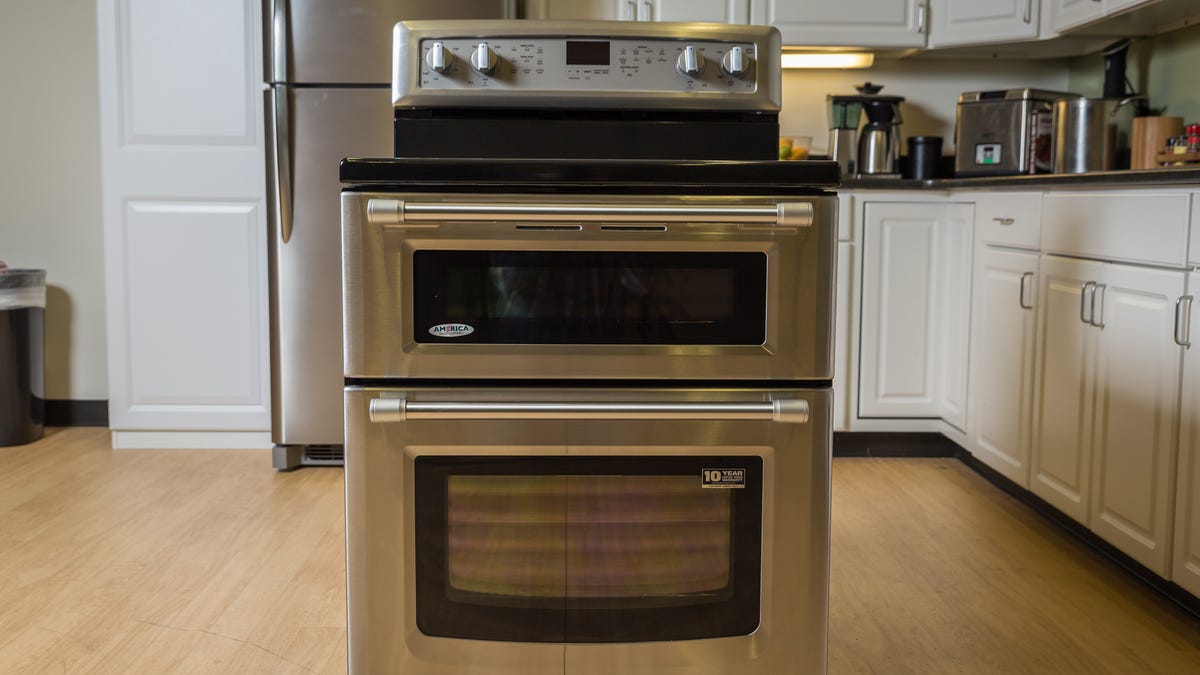


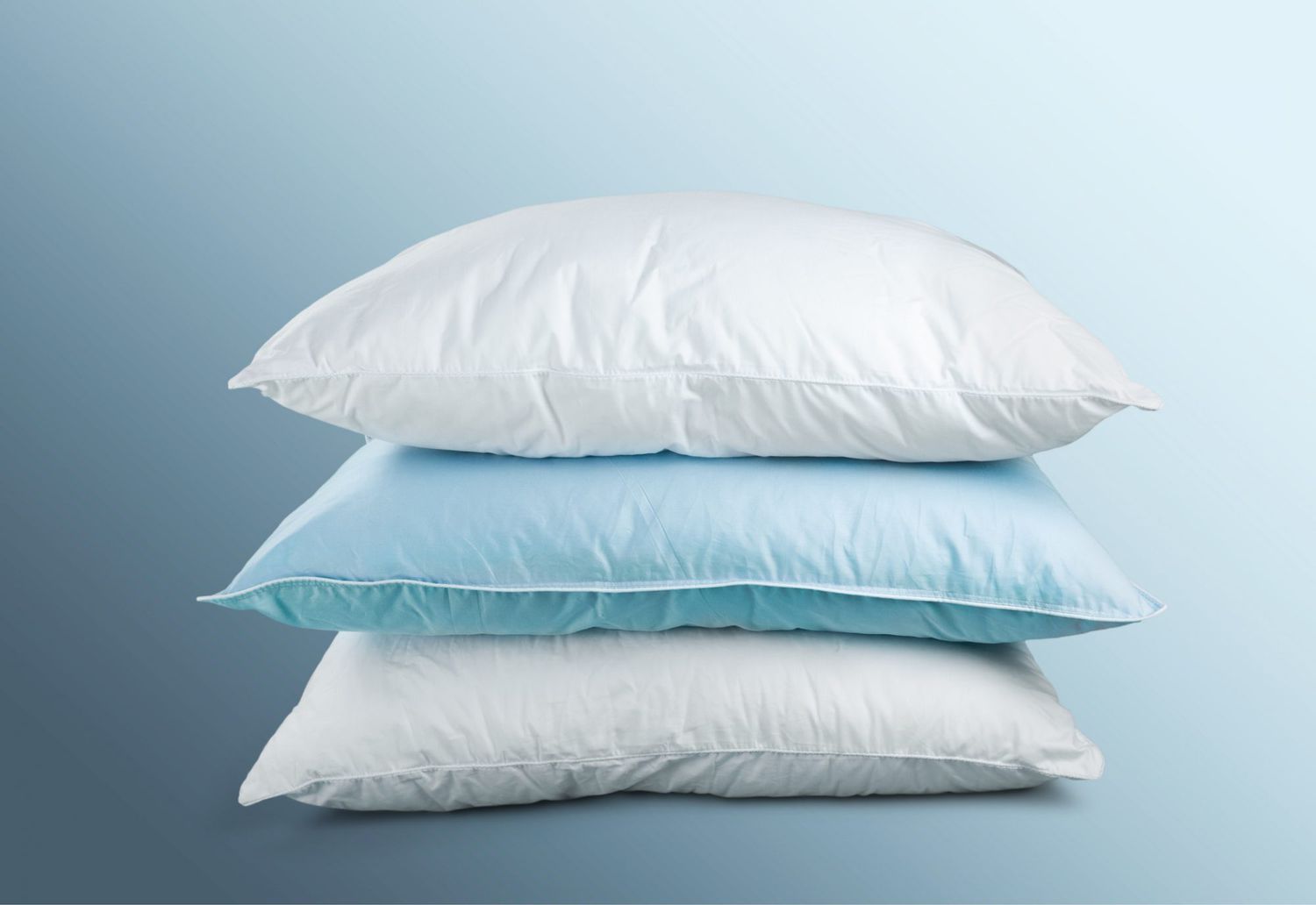

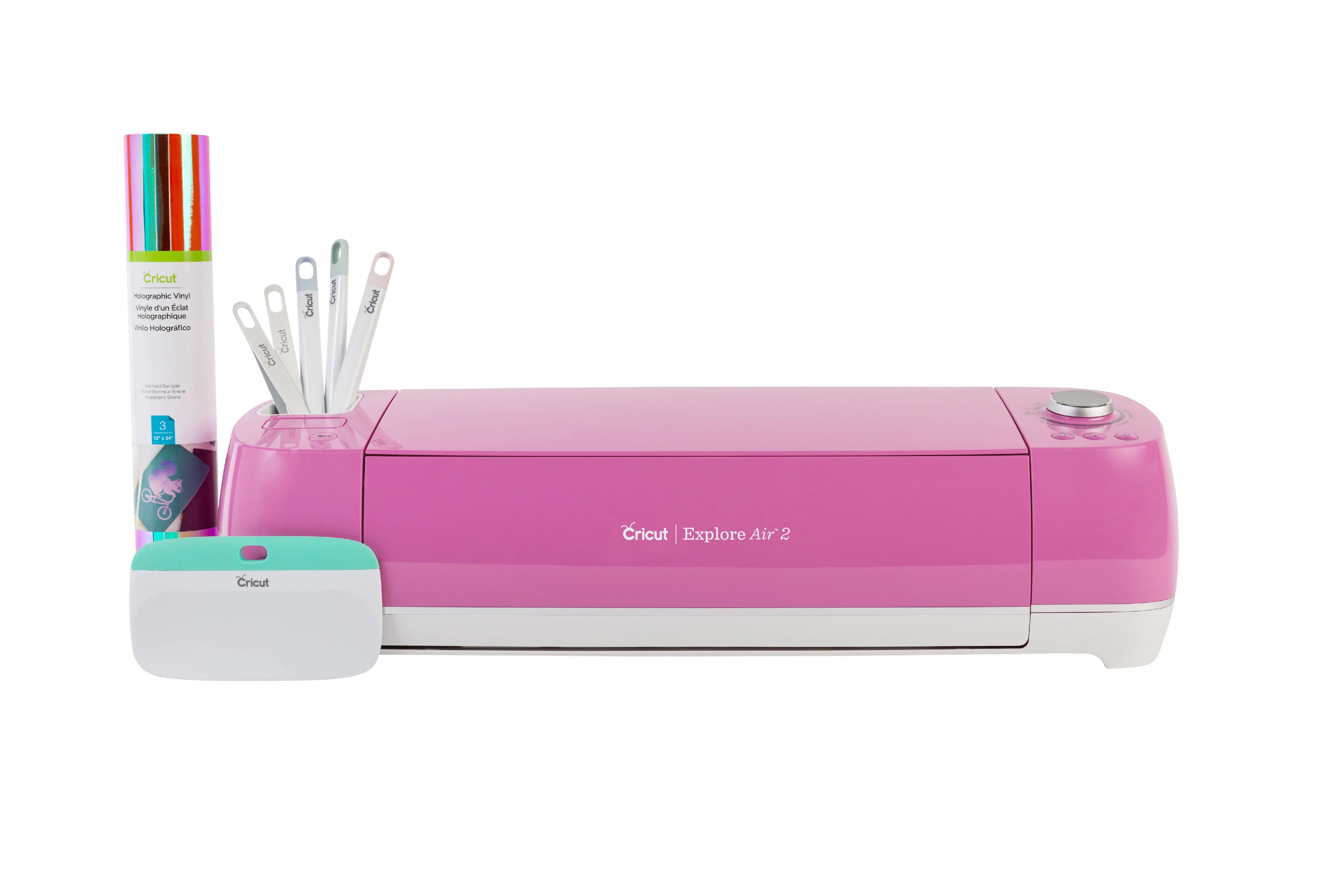
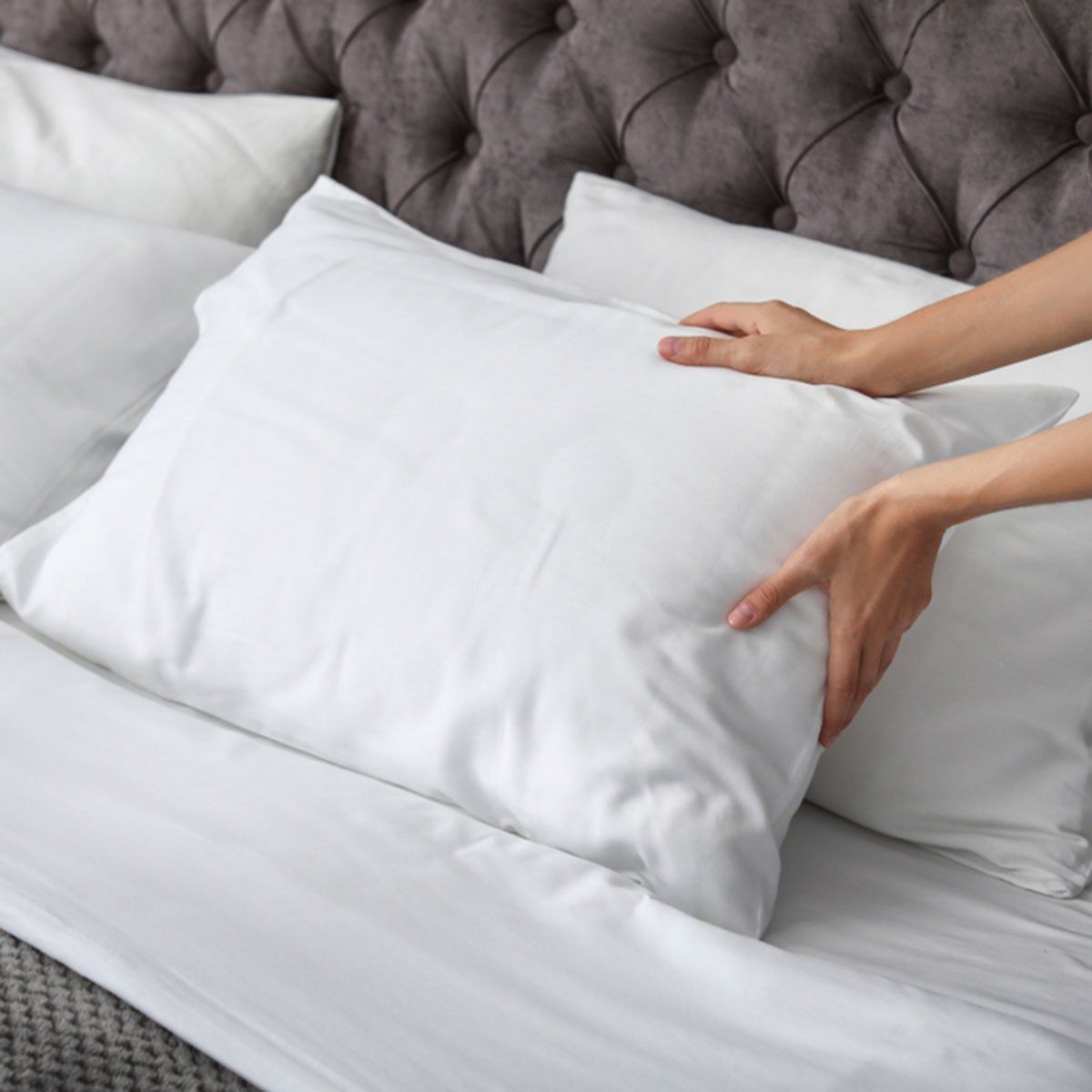

0 thoughts on “I Slept Without A Pillow For A Week – Here’s What I Learned”